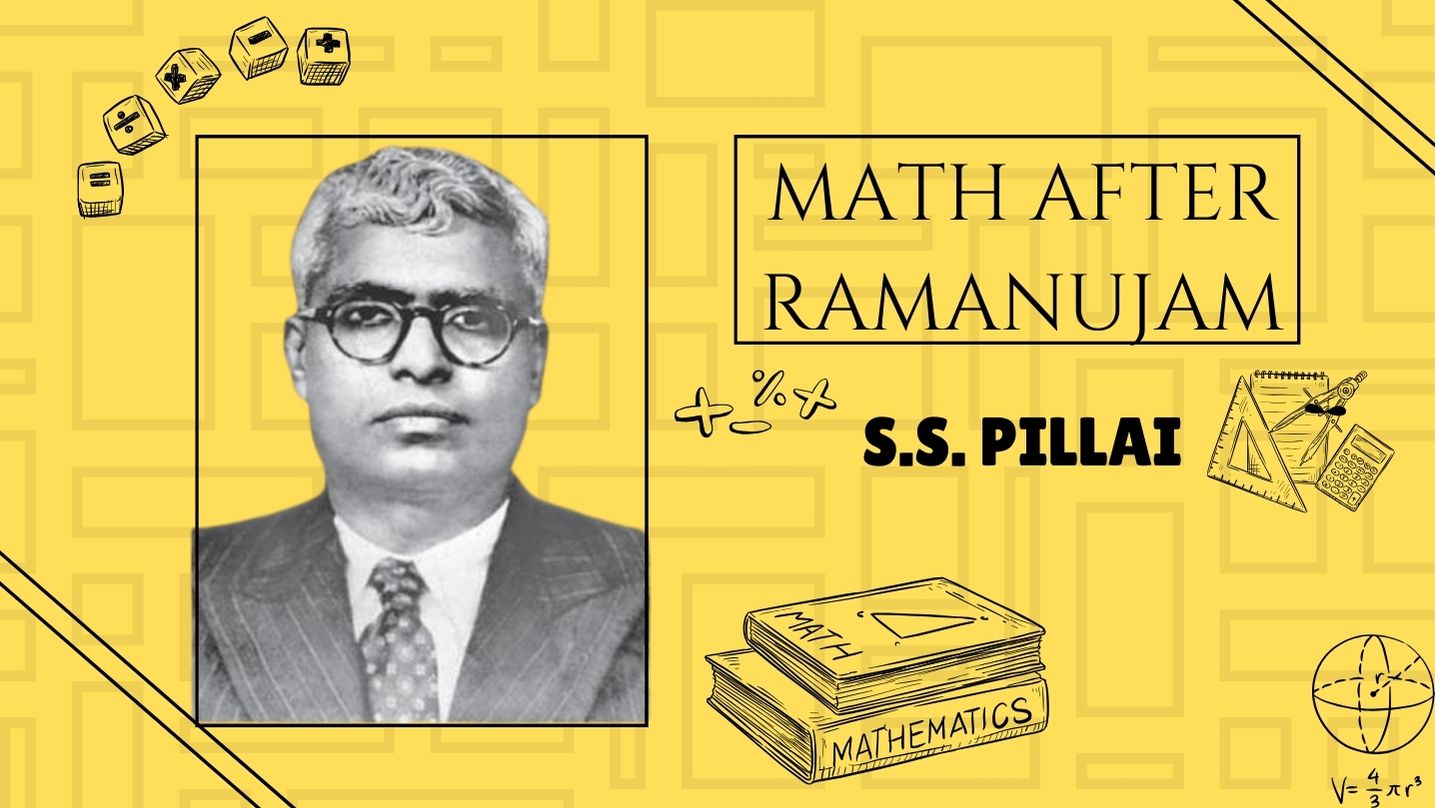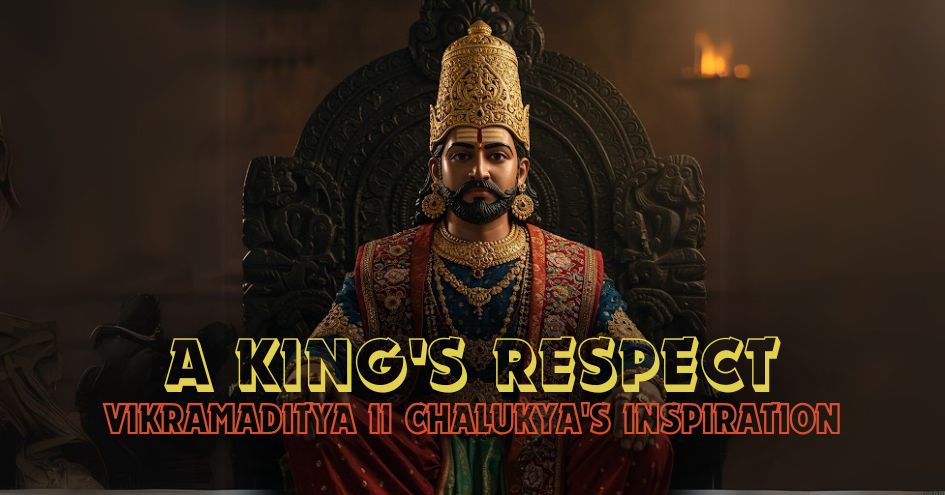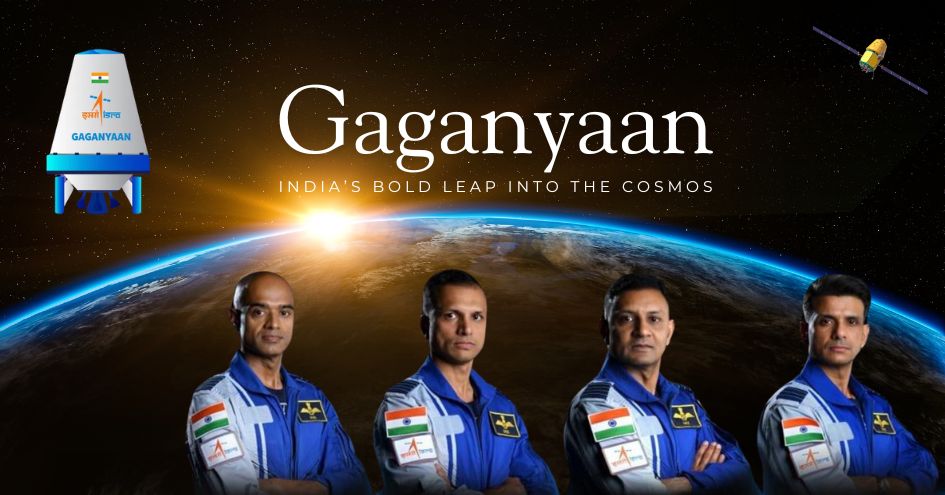
(1901-1950)
The story of mathematical prodigy Srinivasa Ramanujan is widely known, inspiring countless Indian mathematicians across generations. However, the period immediately following Ramanujan's era remains less documented. Among the notable mathematicians from this subsequent period are Sarvadaman Chowla and S.S. Pillai. According to G.H. Hardy, after Ramanujan, the most distinguished Indian mathematician was Pillai.
At the 36th Annual Session of the Indian Science Congress on January 3, 1949, at Allahabad University, Dr. S. Sivasankaranarayana Pillai remarked, “The audience may be a little disappointed at the scanty reference to Indian work... However, we need not feel dejected. Real research in India started only after 1910, and India has produced Ramanujan and Raman.” Pillai himself is a testament to this new era of Indian mathematical achievement. Known for his contributions to number theory, particularly Waring's problem, Pillai's work continues to be influential.
Born on April 5, 1901, in Vallam near Courtallam in Tamilnadu’s Tirunelveli district, S. Sivasankaranarayana Pillai, commonly known as S.S. Pillai in the mathematical community, faced significant early life challenges. His parents, Subbayya Pillai and Gomati Ammal, died early, leaving him in the care of a relative. Despite these hardships, his intellectual prowess was evident from a young age. A tutor was arranged for him at home when he was five, and by nine, he was attending Middle School in Shencottah, where a teacher named Sastriar recognized and nurtured his potential.
Pillai's academic journey was marked by perseverance and the support of benefactors like Sastriar, who provided financial assistance after Pillai's father died. Pillai completed his intermediate studies at Scott Christian College in Nagercoil with a scholarship and earned a B.A. from Maharaja's College in Trivandrum. Despite his brilliance, Pillai faced a significant setback when the University of Madras denied him admission for an M.A. in Mathematics because he had only achieved a second division in his undergraduate studies.
Help came from Chinna Thambi, the principal of Pachaiyappa's College and a university senate member, who advocated for Pillai by comparing his case to that of Ramanujan. This intervention led to Pillai's admission in 1927, and he subsequently received a research studentship at the University of Madras under Professors K. Ananda Rao and Vaidyanathaswamy. He later joined Annamalai University as a lecturer, where his mathematical achievements flourished, earning him a D.Sc. from Madras University—the first such honor in mathematics.
In 1941, Pillai moved to the University of Travancore, and a year later, to Calcutta University. He made significant contributions to analytical number theory, with his work on Waring's problem being particularly acclaimed. K. S. Chandrasekharan described Pillai's contributions in 1950 as “almost certainly his best piece of work and one of the finest achievements in Indian mathematics since Ramanujan.” Pillai's research exhibited striking originality, rarely needing to cite previous works.
In recognition of his achievements, Pillai was invited in August 1950 to collaborate with Albert Einstein and other distinguished scientists at the Institute for Advanced Study in Princeton. Before this, he was scheduled to speak at the International Congress of Mathematicians (ICM) at Harvard University. Tragically, en route to Rome, his plane crashed near the village of Itay El Barud in the Egyptian desert on August 31, 1950, killing all 55 passengers. Pillai was only 49.
Despite his untimely death, Pillai left behind a legacy of 76 research papers, compiled into the book "Collected Works of Sivasankaranarayana Pillai" by R Balasubramanian and R Thangadurai, published by the Ramanujan Mathematical Society in 2009. This book continues to inspire new generations of mathematicians.
The lives of Ramanujan and Pillai bear remarkable similarities: both faced poverty, possessed a profound love for mathematics, and achieved greatness through perseverance. While Ramanujan had the advantage of support from G.H. Hardy, which ensured his place in the annals of mathematical history, Pillai's contributions remain less recognized outside the mathematical community. One can only wonder what further contributions these geniuses might have made had they lived longer.
 Dakshinamurthy is a scholar and researcher of Indic themes and a contributing writer of The Verandah Club
Dakshinamurthy is a scholar and researcher of Indic themes and a contributing writer of The Verandah Club
NEXT ARTICLE

Indian History is rife with conflict between kings for power, territory and regional supremacy. We have seen instances where kings have made it a poin...

"Saare Jahaan Se Accha, Hindustan Hamara!"These immortal words, spoken by Squadron Leader Rakesh Sharma from the vast expanse of space in 1984, When t...

High in the rugged, unforgiving terrain of Jammu and Kashmir’s Reasi district, where the Chenab River slices through deep gorges and the Himalayas loo...